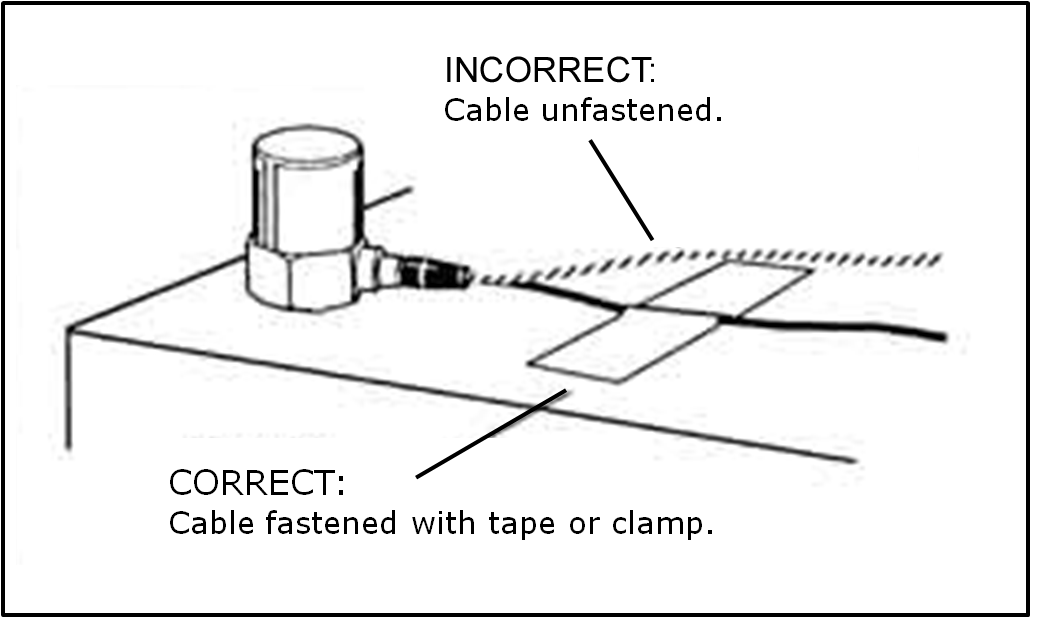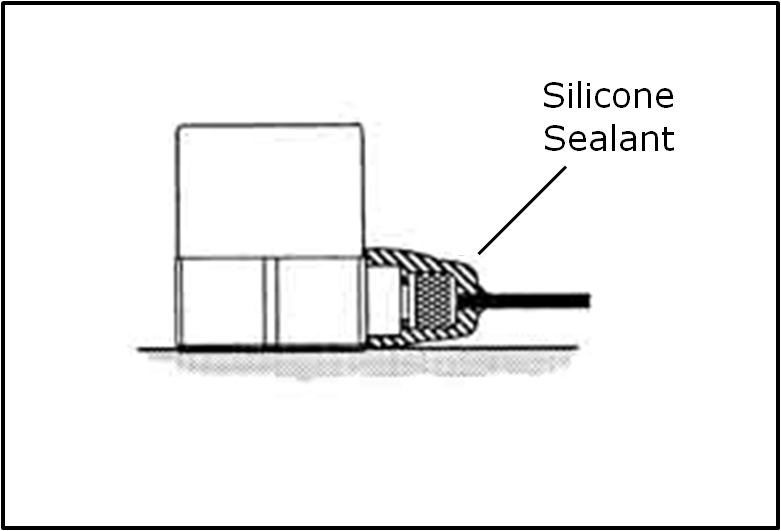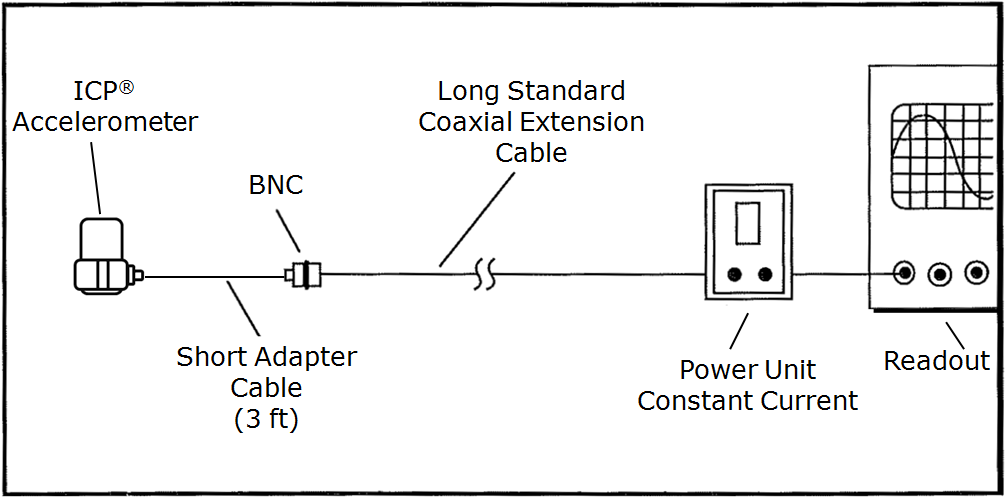Main Menu
- Home
- Product Finder
- Calibration Systems
- Calibration Services
- Digital Sensing
- Industrial Vibration Calibration
- Modal and Vibration Testing
- Non-Destructive Testing
- Sound & Vibration Rental Program
- Learn
- About Us
- Contact Us
"How long should a cable last?" This is the question often asked by test engineers making vibration measurements. In the past, we discussed the Trouble with Data Acquisition Cables. Length of life adds a new dimension to the conversation. So...should a cable last 2 minutes, 2 hours, 2 years or longer?
The answer: It depends a great deal on proper care when installing the cable and the operating environment. As a test engineer, you may be able to come up with an estimated life expectancy based on your experience with defined measurement parameters, operating environment and installation procedures used in your specific application.
Unfortunately, many cables fail long before they should, and, it is not necessarily the fault of the cable. One of the biggest factors affecting cable life is determined by the installation procedure, not the cable itself.
Stop and think for a minute. If you put a new set of tires on the front wheels of your car, how long will they last? You may expect to get the 50,000 miles they are rated for, however, if the tires are not filled to the recommended pressure, balanced and the front end aligned properly, you will likely get substantially fewer miles from them. To get the rated mileage as a user, you have to make sure the tires are used properly. You also should avoid “jack rabbit” starts/stops and sharp turns at high speed, all of which decrease the service life of the tire.
Likewise, when you install an accelerometer cable, some additional effort is required to get good service life. If you simply connect the cable to the accelerometer and allow it to flop around in the vibration environment, causing stress on the connector, the cable will fail. It is only a question of time i.e. 2 minutes, 2 hours, 2 days, 12 months, etc.
To say that accelerometers and cables are often used in severe, contaminated environments, under vibration and shock conditions, at virtually any amplitude and frequency may be the understatement of the year. All of these conditions stress the accelerometer/cable connection and ultimately contribute to decreased service life and cable failure.
So what can be done to extend cable life? The most important thing you can do is to tie, or tape, the cable down near the accelerometer connector to restrict free cable motion reducing stress on the connector. Do not let the cable flop around or allow the connector to support the weight of the cable attached to it. Remember, from Newton’s second law (f = ma), the inertial force on the connector equals the weight of the cable times acceleration. An unsecured cable flopping around imparting stress forces on the connection will cause premature failure. Even accelerometers with integral cables and stress relief boots are not immune to inertial force cable failure – it is only a question of time.

If the accelerometer is to be operated in a contaminated environment with moisture, dust, dirt, etc. be sure to seal the cable connection with silicone sealant and/or heat shrink tubing. This is extremely important with high impedance charge mode sensors as any contamination in the cable connection will lower insulation resistance degrading low frequency response and may cause drift.

ICP® accelerometers have a low impedance output and are much less susceptible to environmental contamination. Most of the cables supplied with ICP industrial application accelerometers provide for protection from contamination. Don’t allow cables to lay on the floor where they can be stepped on, run-over or become contaminated.
When faced with the use of sensors incorporating the 10-32 Microdot connector for high shock measurements, continuous monitoring, or operation in contaminated environments, consider the two pin solder terminal/ribbon wire cable solution to effectively reduce connection mass and complexity. For ICP accelerometers, this type of connection, when properly sealed, has been used reliably for making pile driving impact measurements and underwater seismic air-gun applications in the worst environmental conditions.
It is also good practice when operating through long input cables to use a short adapter cable at the sensor, then connect into a long extension cable. Thus, any cable/connector failure involves only replacement of the short adapter cable rather than the long extension cable.

Perhaps you have heard the wise question, “Why is there never time to do it right the first time, but always time to do it over?” Follow good practice when installing accelerometer cables and take an extra five minutes to tie or tape the cable down to relieve stress motion at the connection. If operating in a contaminated environment, seal the connection with RTV and/or heat shrink tubing.
Good installation practices will increase cable service life saving both time and money.